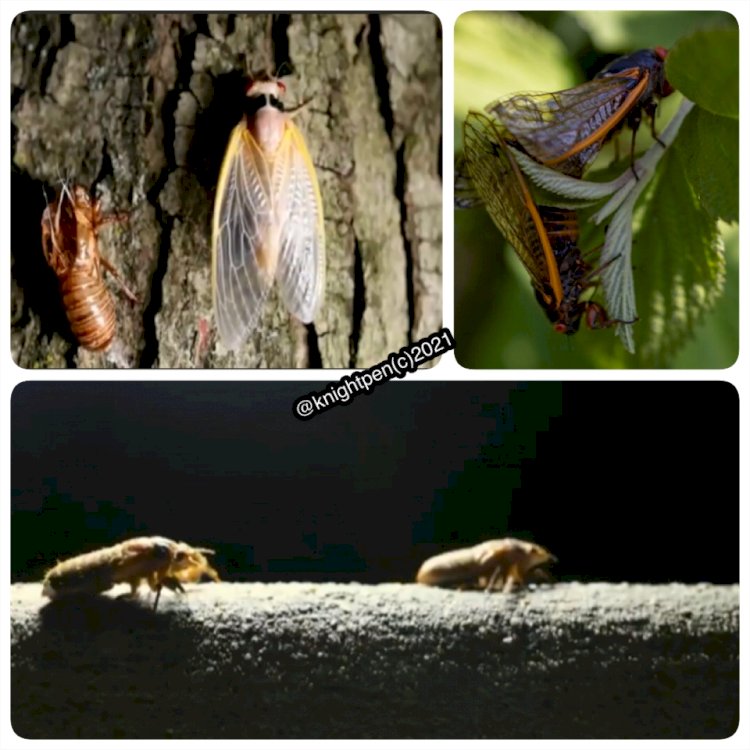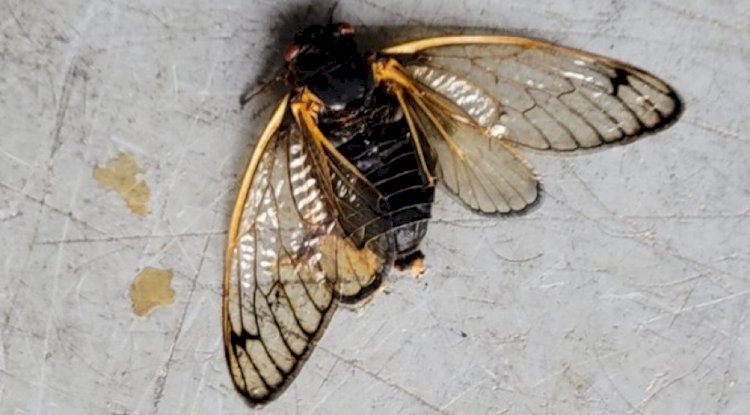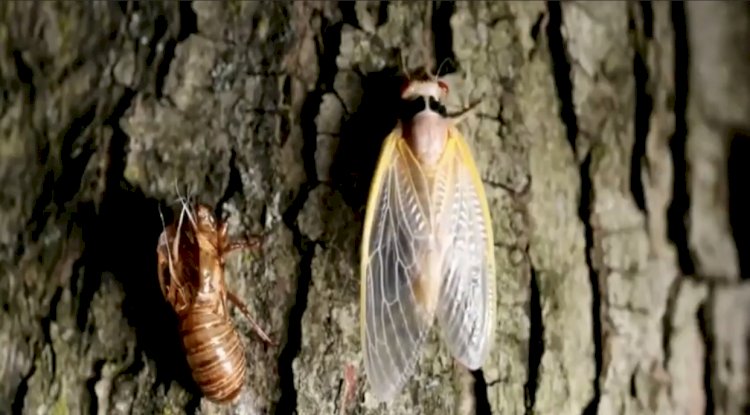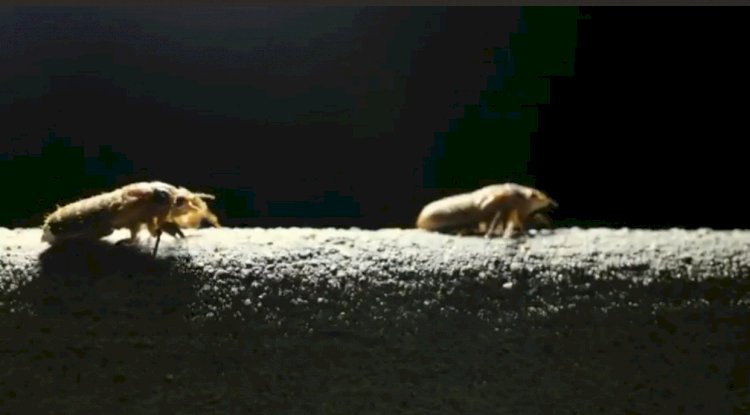MILLIONS OF CICADAS ARE BUZZING FOR THIER FINAL ROUNDS AFTER 17YEARS UNDERGROUND
The outbreak of cicadas after seventeen years signifies a new turn of events

Wooded areas up and down the U.S. East Coast are breaking into a deafening buzz. After 17 years spent alone underground, billions of red-eyed cicadas are emerging for their final act: to meet a partner, breed and die.

Upon emerging, the insects blanket the trees and ground, with the males filling the air with buzzing and whistling to attract females. But that sound also brings tourists and scientists to study this rare event

Temperatures affect when cicadas emerge. Scientists witnessed large numbers of 17-year cicadas surface years ahead of schedule in 2017, which entomologists suspect could be related to global warming.

Scientists have a hypothesis for how climate change might be disrupting the insects' internal clocks. While underground, cicadas receive chemical signals from trees through the sap they feed on — signals that may help the insects mark time

When trees burst into leaves in the spring, the pace of cicadas' development picks up, then it slows again in winter as leaves fall to the ground. After cicadas pair and mate, the female carves grooves into a tree, where she lays hundreds of rice-shaped eggs.

The biggest questions are: Is climate change changing their life cycles? And then, how does it change them?' said Chris Simon, an evolutionary biologist at the University of Connecticut who has studied the insects for more than three decades.
You Can Also Read














